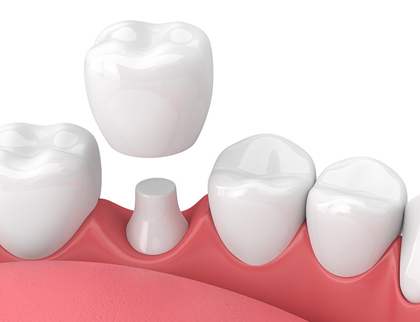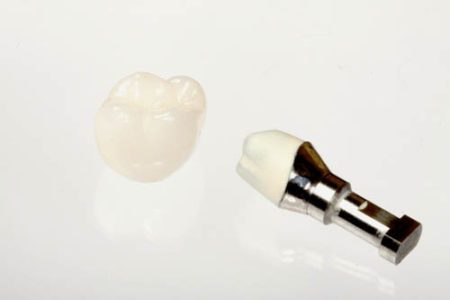Please give step-by-step instructions to safely pull my own tooth
Please help. In November, I started feeling a toothache on and off. Now the tooth is starting to hurt really bad, but it’s not an emergency yet. I take Advil, and I can get along without horrible pain. Two weeks ago, I saw my dentist, and she wanted to do a root canal and a crown, but I do not have money for that. I can’t even afford her tooth extraction fee. I am down to part-time work on 2 different jobs.
Before it gets even worse, I just need step-by-step instructions on how to safely pull my tooth at home without doing any damage to other teeth, cutting myself, or doing some damage. It is not my intention to be reckless about this. I do not need an emergency room bill either. I Googled it and found instructions online, but nothing looks like it’s really from a dentist. This is a top left second molar tooth with a filling that I think either fell out or is no good. Thank you for helping me without making me feel bad about this. Abel from Colorado
Abel –
Thank you for contacting our office. Unfortunately, we cannot provide you with step-by-step instructions to safely pull your tooth at home. We would feel horrible about you receiving instructions on pulling your tooth and finding out later that something went wrong. In addition to the factors you mentioned, it will be difficult to know if you have removed all parts of the tooth or if anything remains. Please understand that we want to help. We will advise you in the best way for your long-term oral health.
Instructions for Extracting Your Tooth—Know the Dangers
Even if you find instructions for extracting your tooth, it is not wise. Please consider that a toothache is a symptom of an infection. An examination is needed to determine if the infection has spread into the jawbone or other teeth. Even if you successfully remove the tooth, the infection may still be there. You will need root canal treatment to get rid of the infection. Your dentist knows the condition of your tooth and recommends a crown because a tooth is weak after root canal treatment.
Think about the consequences of removing your tooth:
- How will you ensure that the instruments you use are sterile for use in your mouth?
- What will you do if you have excessive bleeding, pain, or swelling during or after the extraction?
- What if the tooth roots are deeply embedded, and only part of the tooth comes out?
- How will you get rid of the tooth infection and prevent it from spreading to other teeth?
Save a Tooth Whenever Possible

The good news is that the tooth may not need to be extracted at all. We recommend that you call a few dentists in the area, explain your urgent need for dental care (it is an emergency), as well as your financial situation. You can find a dentist who offers payment plans and financing and will give you the correct treatment for your tooth.
We wish you the best, and we urge you not to treat the tooth yourself.
Dr. Thomas J. Goebel, a Moline Illinois dentist, sponsors this post.
Dental Implant Delayed Due to a Sinus Infection
Can you tell me why my dentist can’t clear my sinus infection after tooth extraction? This issue prevents me from getting a dental implant. After removing my upper left tooth, my dentist prescribed clindamycin antibiotics for a week, but the infection isn’t gone. I finished the antibiotics, but I still feel pressure in my face and nose. I have tried nose spray and decongestant. Before I call the office back, can you give me an idea of what my dentist should recommend?
Also, if his recommendation does not match yours, should I ask for another round of clindamycin? Is this a routine problem that my dentist should have known about? I am afraid it will not heal, and I cannot get an implant. Thank you. Jeremiah from Columbia, SC
Jeremiah,
Dr. Goebel would need to examine your tooth and review your x-ray for an accurate diagnosis. But from your description, your dentist is not negligent.
Upper molar tooth roots are often located close to the sinus. So, when your dentist removes a tooth, the sinus can rupture. Sometimes only a thin membrane separates tooth roots and the sinus.
A dentist may treat the issue with these steps:
- Close the perforation
- Use a surgical gelatin sponge or bone grafting if you need a dental implant
- Stich the opening closed
- Prescribed antibiotics if you have an infection
After finishing antibiotics, contact your dentist if the infection does not clear. Although you may need another course of antibiotics, your dentist may need to switch you from clindamycin. Sometimes bacteria become antibiotic resistant.

Afterward, if the infection persists, your dentist may need to refer you to an otolaryngologist (or ear, nose, and throat specialist). The specialist will coordinate your care with your dentist to ensure the infection is gone before dental implant surgery.
You can expect about four months of bone graft healing before you get a dental implant. And after implant surgery, it takes three to four months for your jawbone and implant to fuse. Then, your dentist can complete the implant with a dental crown.
Cosmetic dentist Thomas J. Goebel, DDS of Moline, Illinois, sponsors this post.
